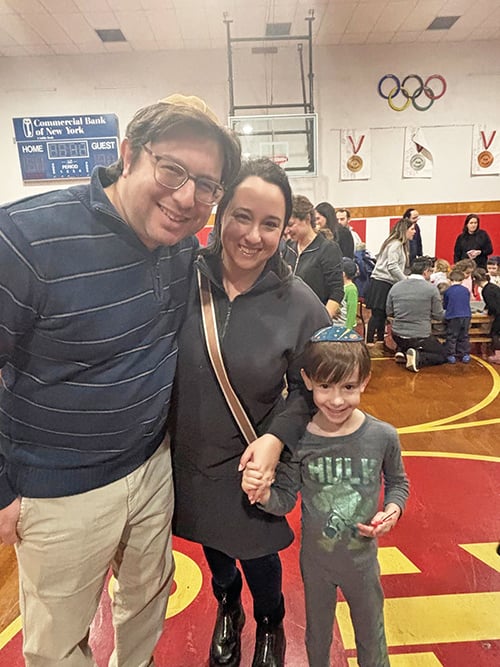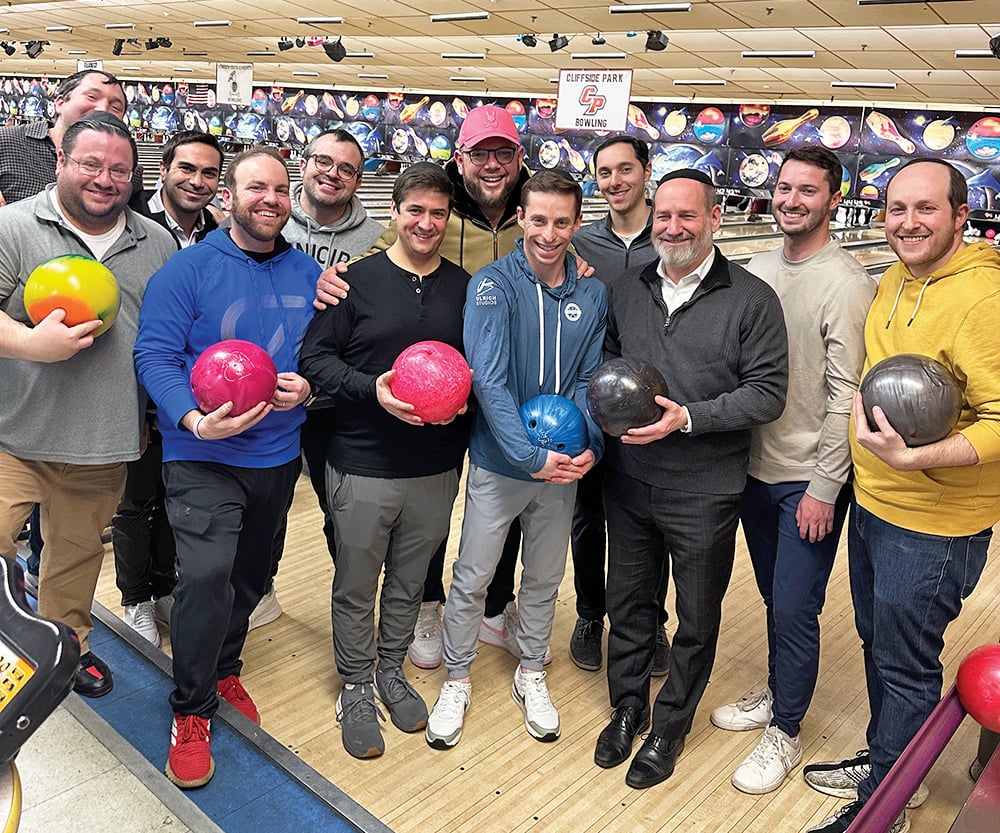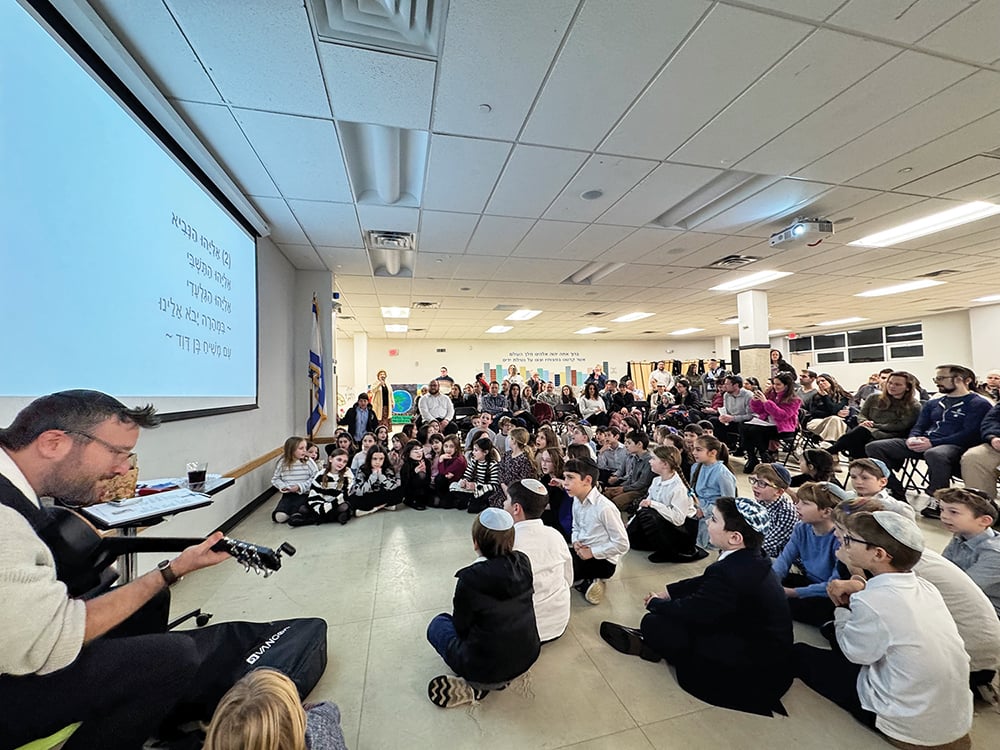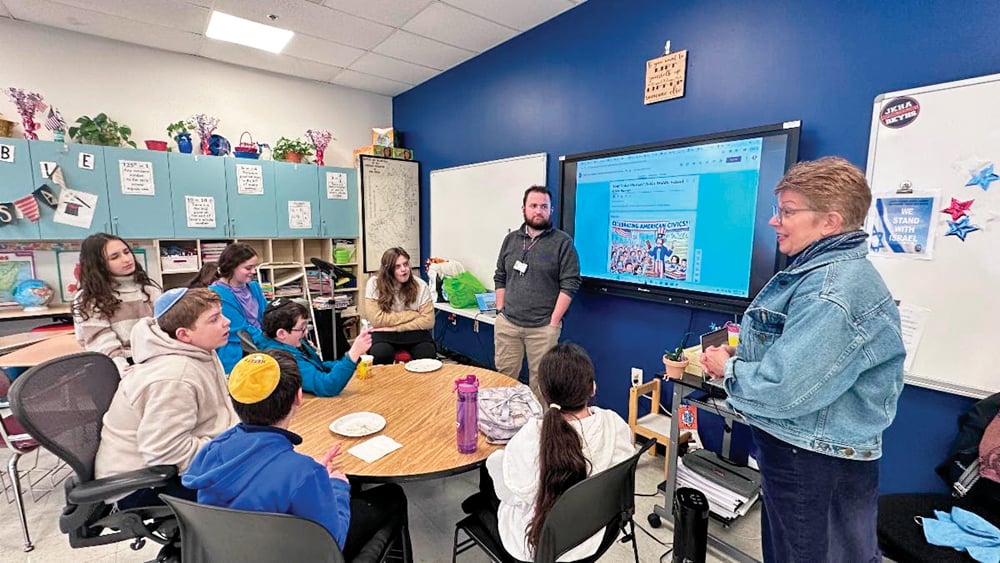Many years ago, on a group trip to Israel with members of our shul, we had some time between Havdala and our midnight flight back to America and grabbed the opportunity to visit the Kotel one more time, managing as well to cram in a brief visit with the rav of the Old City, Rav Avigdor Nebenzahl. On the way to the airport, one of the members of the group told me the following: “When we walked into the rabbi’s apartment, I had no idea where we were and why. I was tired from the whole week, excited by all we had experienced, and somewhat confused by this last rush of activity. But when we walked past the rav standing in the kitchen and greeting us with his deep smile and I saw his glowing face, I understood immediately that we were with someone great and holy.”
“Hadur na’eh ziv haolam nafshi cholat ahavatecha— Glorious, beautiful, radiance of the world, my soul is sick with love for You.”These beautiful words, part of the 16th century song of Yedid Nefesh, are traditionally sung by many at the beginning or the end of Shabbat. They effectively frame the Shabbat experience as much more than a day of rest, but as a day of meaningful connection and as the fulfillment of a profound longing for God to whom we refer as “ziv haolam,” the radiance of the world. That term has particular resonance this Shabbat.
The song of Haazinu is divided into six subsections which were sung to accompany the Musaf offering in the Beit Hamikdash each Shabbat (TB Rosh Hashana 31a). Those six subsections are identified by the acronym Haziv Lach— “the radiance is yours.” But whose radiance is it? Is it—as the author of Yedid Nefesh appears to imply—God’s radiance, or is it the human radiance of the kind that emanated from the face of Moshe, the scribe of Ha’azinu (Maharsha), or is it the radiance of our avot whom the Talmud (Rosh Hashana 11a) refers to as zivtanei olam, the radiant ones of the world? My friend was perceptive enough to identify this glow on the face of Rav Nebenzahl.
The relationship of this phrase to Shabbat can be appreciated in light of the midrash (Bereishit Rabbah 11:2) that explains “vayevarech,vayekadesh,” the blessing and the sanctity with which God endowed the Shabbat, is a reference to the Shabbat-inspired glow of the human face. “The radiance of a person’s face during the weekdays is incomparable to its radiance on Shabbat.” This human radiance is not a romantic midrashic abstraction but a halachic reality. Typically, during the week following a wedding we limit the full recitation of Sheva Brachot to celebrations graced by panim chadashot, literally “new faces,” participants who had not thus far been part of the week’s events. On Shabbat this requirement is waived, as “panim chadashot ba’u l’kan,” even those who had previously participated during the week appear on Shabbat as “new faces” (see Tosfot Ketubot 7b).
That human glow is not entirely human as it derives from the divine soul within us. As Ramchal wrote (Daat Tevunot 86), the radiance of a person’s face derives from the connection between the soul and the body. The face is the window into that connection, the panim (surface) that reflects the pnim (inside). When the divine soul is empowered by the neshama yeseira, the extra measure of soulfulness that Shabbat inspires in us, it is written all over our faces. While during the week our souls are mired in the sterility of the natural world, as we pause on Shabbat to see God in that world, our souls emerge. Our Shabbat radiance reflects our integration of God’s radiance. Haziv Lach—that radiance is both godly and human, to the extent that we allow God’s presence to shine through us.
This is the core message of Haazinu, a powerful song addressed to the heavens and the earth, the body of the physical world and communicating that they have no life of their own independent of the soul of that world, the God of history. Haazinu is the song of Shabbat because it uncovers and strengthens the spirit until it becomes visible. “The radiance of a person’s face during the weekdays is incomparable to its radiance on Shabbat.” The presence of God in our minds and our world during the weekdays is incomparable to its presence on Shabbat.
On this Shabbat Shuva, we can aspire to the light of Shabbat, to see God differently and to be visibly different ourselves, carrying that within us as we proceed to Yom Kippur, the day of our ultimate radiance, of mareh kohein.
“How truly glorious was the Kohein Gadol as he left the Holy of Holies, peacefully, unharmed. As the canopy of the heavens stretched out on high, was the appearance of the Kohein Gadol (mareh kohein). As the bright star shining in the east, was the appearance of the Kohein Gadol (mareh kohein). As the sight of the rising sun on the earth, was the appearance of the Kohein Gadol (mareh kohein).” – From the Yom Kippur Musaf Service
Rabbi Moshe Hauer is executive vice president of the Orthodox Union (OU), the nation’s largest Orthodox Jewish umbrella organization.













